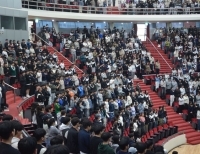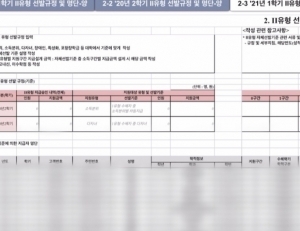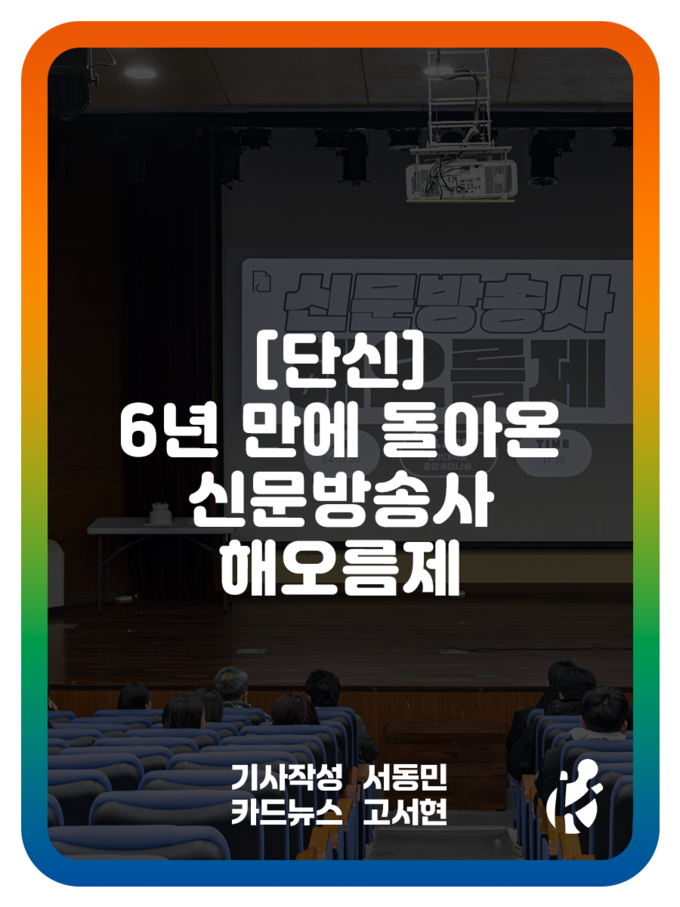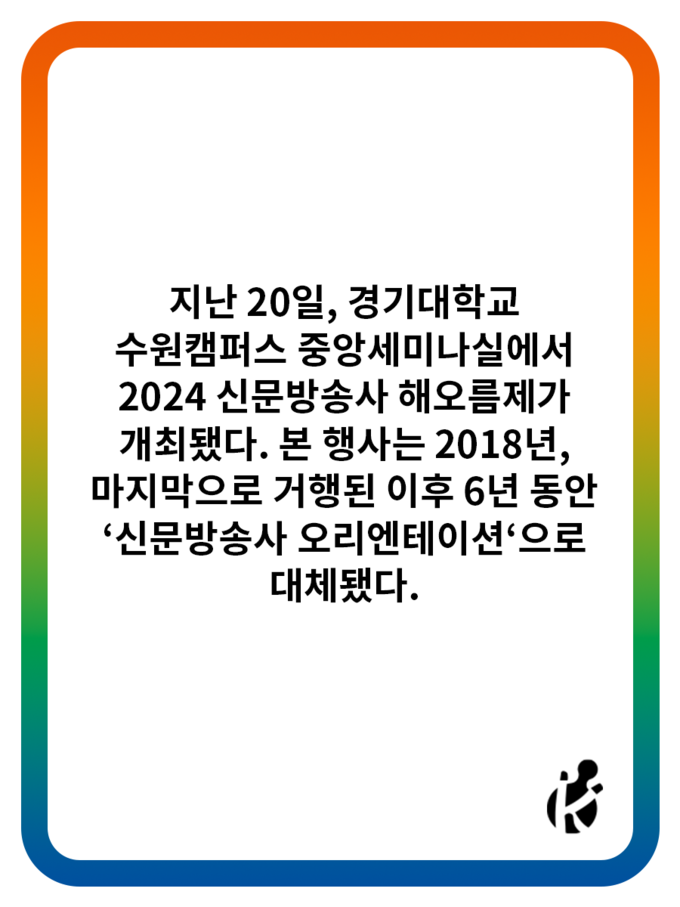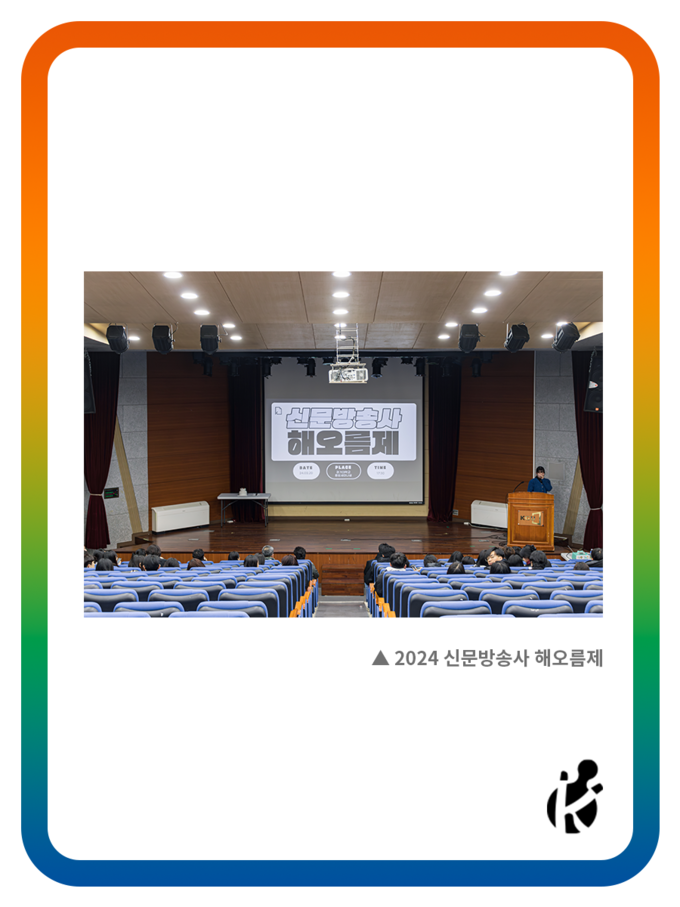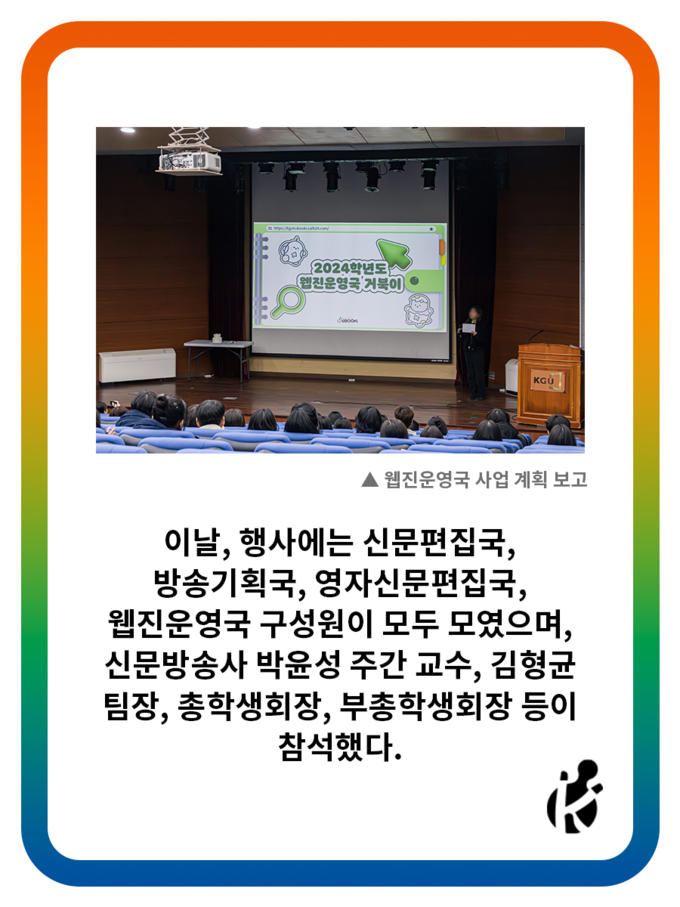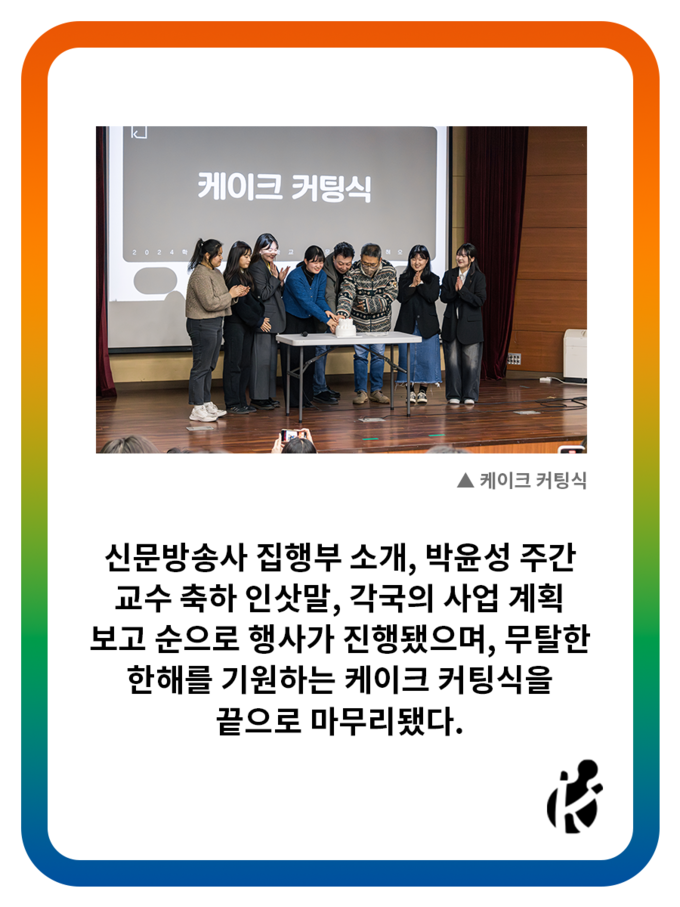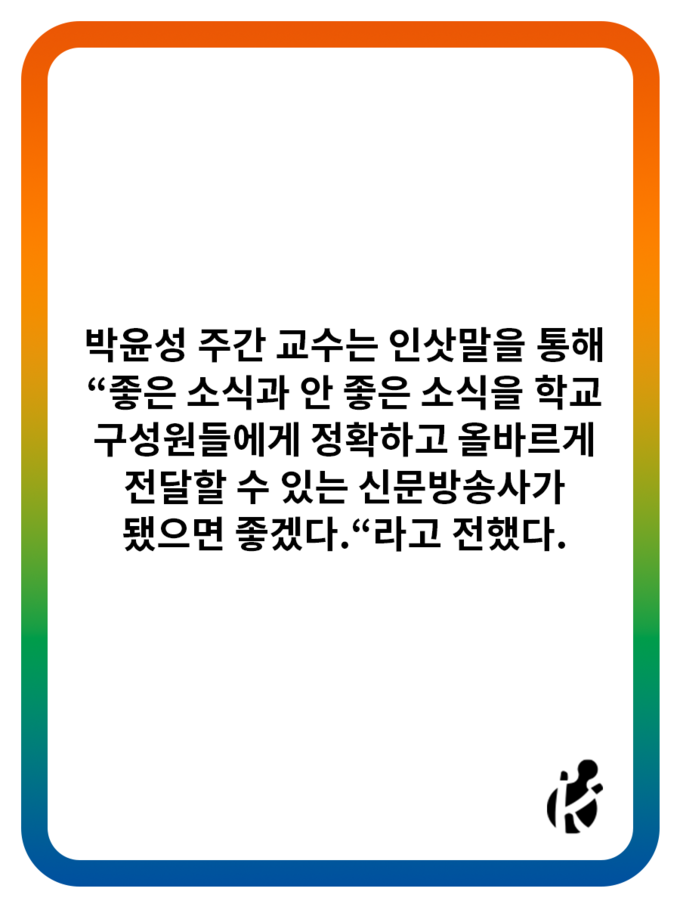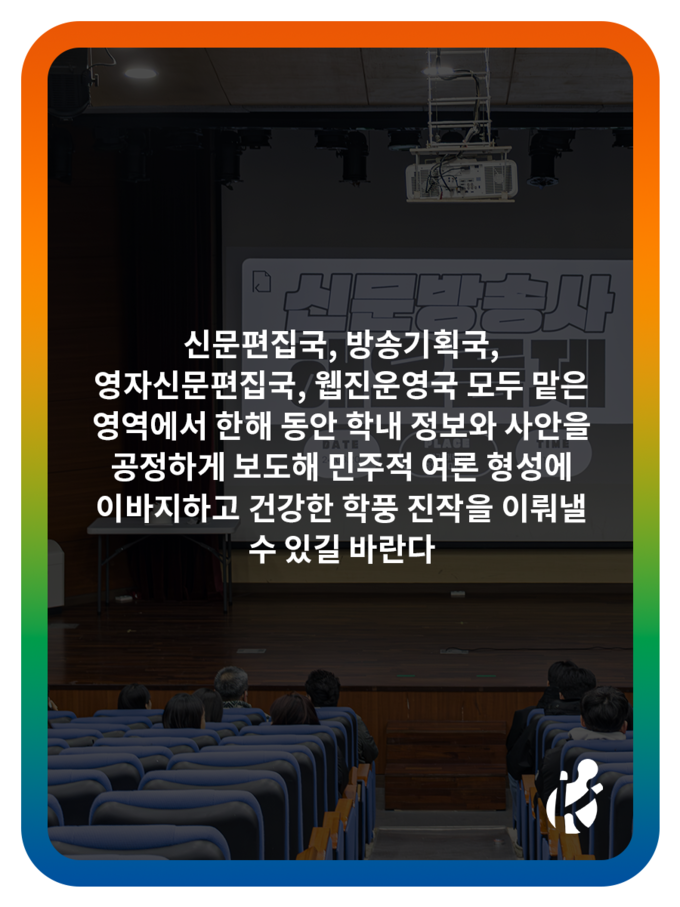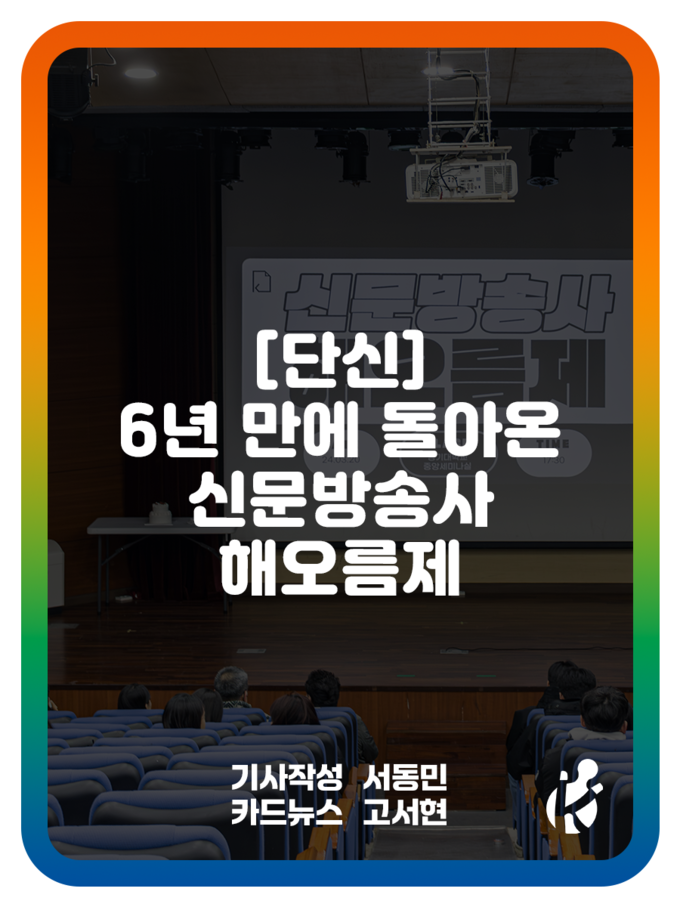In 2022, many incidents such as the Russian Invasion of Ukraine, the Death of Queen Elizabeth II, and the Assassination of Shinzo Abe made people all around the world depressed. Not only in other countries but also in South Korea, there were tragic accidents and disasters. In particular, the Itaewon Tragedy which occurred last October was the most notable. Most of the victims were young people in their 20s, so many university students empathize with them.
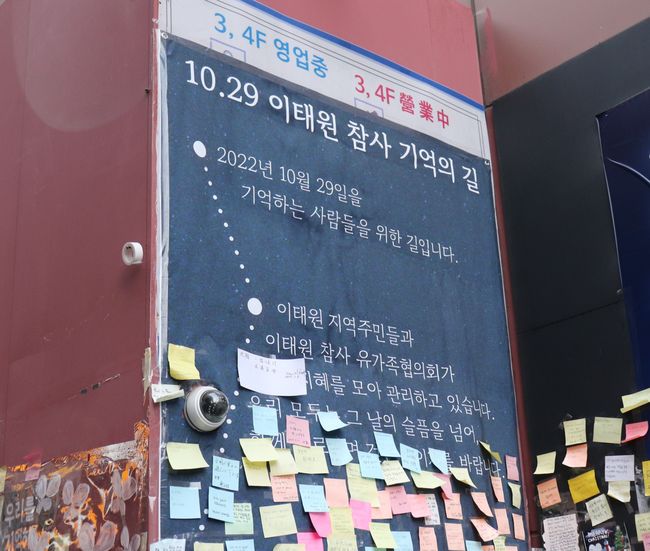
The Itaewon Tragedy was a crowd-crush accident that happened at around 10 p.m., October 29 in Itaewon-dong. To celebrate Halloween Day, many people visited Itaewon that day since there are bars and nightclubs which are popular among the young. One problem is that the streets of Itaewon are very steep and narrow. As the streets became more crowded, they became disordered and dangerous. Everybody was tangled up and they pushed others trying to move. The pressure from the crowd’s pushing made people fall down sequentially like dominos. The crushing caused victims to suffer broken bones and ruptured organs. As a result, there were 159 fatalities. This unfortunate record is one of the worst crowd-crush accidents worldwide. Due to the unusually large number of victims, the Yoon Seok-yeol government declared a week-long national mourning period from October 30 to November 5. This is the second national mourning period in history, following the first one which was announced in 2010 for the ROKS Cheonan sinking. To mourn for the victims, most cultural events were delayed or canceled. Meanwhile, some photos and videos of the scene of the tragedy were posted to social media without any censorship. As shocking content was made available to the public, some people who saw them experienced mental trauma. Survivors of the tragedy also experienced aftereffects. For instance, one survivor from the Itaewon Tragedy committed suicide because of the trauma. Therefore, it is important to make a social atmosphere where everybody treats others with sensitivity and delicacy for the nation’s mental well-being.
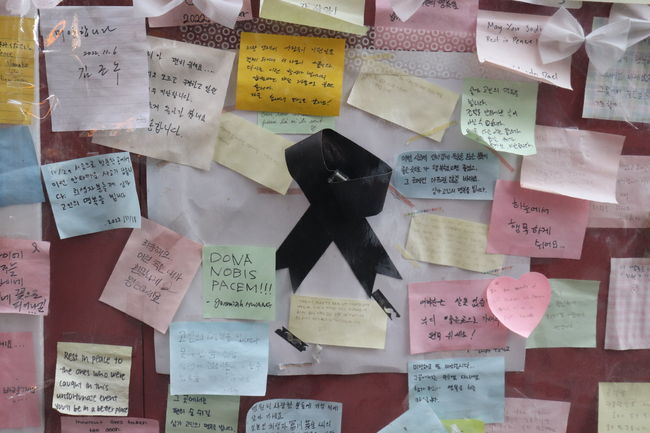
Most of the public responded negatively to the government’s response to the Itaewon Tragedy. Beginning at 6:34 p.m., 11 similar emergency calls were received by police by the time of the crowd crush at 10:15 p.m. The police, who ignored a number of reported calls, were strongly criticized by the public for insignificant responses and complacent thinking based on the experts’ opinions that such a tragedy would not have occurred if there had been an immediate police action to reduce the crowd density. The Minister of Public Administration and Security expressed a complacent attitude about the incident, claiming that he couldn’t dispatch officers due to the distribution of police to Gwanghwamun and he insisted that the size of the event in Itaewon was not large enough to cause concern. Moreover, some people criticized the government for taking insufficient measures even though it had already predicted the possibility of an accident. The Chief Information Officer of the Yongsan Police Agency was found dead after suspicions were raised that he might have deleted the “Halloween atmosphere and burden factors” information report to cover up the government’s insufficient measures. At the hearing held on January 4, 2023, the former intelligence chief of the Seoul Metropolitan Police Agency and the former intelligence chief of the Yongsan Police Agency made conflicting claims. Amid conflicting claims, the truth is expected to be revealed through a trial. Another controversy over the Korean government’s attitude came from their wording of the Itaewon tragedy. Prime Minister Han Deok-soo referred to it as an “accident,” not a “tragedy,” and the Ministry of Public Administration and Security issued guidelines to describe those killed in the Itaewon tragedy as “deaths” or “casualties” instead of “victims.” There was criticism from netizens that this was to cloud the responsibility for the Korean government’s negligence and insolvency in the Itaewon tragedy.
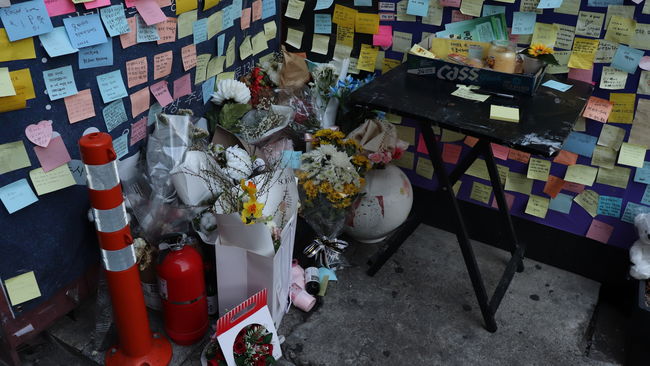
What was the overseas view about the Itaewon tragedy? Major foreign media treated the Itaewon tragedy as important enough to regard it as a massive disaster in Korea, similar to the Sewol ferry disaster. The New York Times in the United States, using the title “Sea of Bodies,” described the Itaewon tragedy as “the worst peacetime disaster in Korea” and reported that this tragedy had a bad influence on the image of Korea, a pop culture powerhouse. They also criticized the lack of safety policy for the Halloween event in Itaewon. The Washington Post also reported 32 breaking news alerts in 24 hours, and CNN connected live to a field reporter. The U.S. foreign media had something in common in that they showed a flow to explain the cause of the tragedy, not just a series of lists of accidents. They focused on some ignored signals that could have prevented the tragedy as well as on the Korean government’s poor initial responses. Not only the U.S. but also Japan’s Yomiuri newspaper expressed its position that local governments and police should have thoroughly prepared in advance, expecting a large number of people to flock to the Halloween event after the relaxation of COVID regulations. Another subject that the New York Times and the Washington Post dealt with quickly after the disaster was the lives of the victims. The victims, who were mostly in their 20s, had to accept their death with a fading consciousness as they trembled with fear. Rather than arguing over someone’s responsibility and wrongdoing, they mainly dealt with the nature of the reason for why the incident occurred and showed human respect to the victims, not emotionalism.
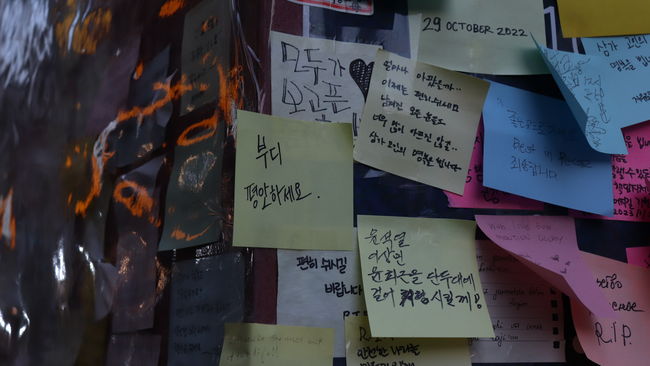
Mourning for the victims of the tragedy spread across the country. There was a difference in focus between reactions in Korea and the reaction of foreign media. In Korea, disputes over responsibility were the main news, while foreign media mainly focused on the exact cause of the incident and expressed condolences to the victims. This clearly seems to be something that Korean media should emulate from foreign media. After the Itaewon tragedy, black ribbons depicting people’s condolences began to hang at Exit 1 of Itaewon Station in Seoul. The mindset we should have about the Itaewon tragedy is to refrain from indiscriminate criticism of the person in charge, mourn the victims in a healthy way, and try to prevent recurrence by not forgetting the incident and finding out the truth.
76th Reporter · CHOI BO YOUN · invierno.y@kyonggi.ac.kr
77th Reporter · JOE YEON WOO · amyjoe0213@naver.com
- TAG
-
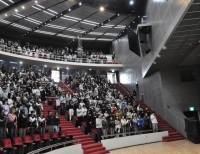 What Happened in KGU? : 수원캠퍼스 학생총회 편
On April 4th, a general meeting of students was held in the Tele-convention center at the Suwon campus. The contents were the same as the general meeting of students in the Seoul campus: the first part was for agenda announcement, the second part was about the Membership Training for whole university, and the third part was simple Q&A time. In the first part, the agendas were all the same as the ones for the Seoul campus, and the result of the ...
What Happened in KGU? : 수원캠퍼스 학생총회 편
On April 4th, a general meeting of students was held in the Tele-convention center at the Suwon campus. The contents were the same as the general meeting of students in the Seoul campus: the first part was for agenda announcement, the second part was about the Membership Training for whole university, and the third part was simple Q&A time. In the first part, the agendas were all the same as the ones for the Seoul campus, and the result of the ...

 [타 대학보 축사] 늘 그랬듯, 묵묵히
[타 대학보 축사] 늘 그랬듯, 묵묵히
 [와이파이] 큰 박스에 달랑 물건 하나, 과대포장 규제 정책 시행은 언제쯤
[와이파이] 큰 박스에 달랑 물건 하나, 과대포장 규제 정책 시행은 언제쯤
 [문화산책] 이 세계는 멋져 보이지만 모두 환상이야
[문화산책] 이 세계는 멋져 보이지만 모두 환상이야
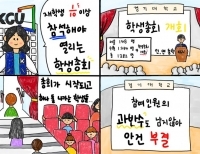 [네컷만화] 학생총회
[네컷만화] 학생총회

 목록
목록









